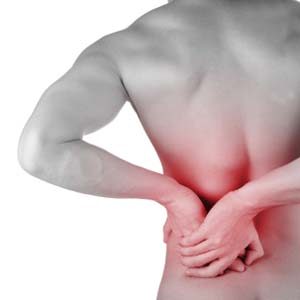Brian Schiff’s Blog
Injury Prevention, Sports Rehab & Performance Training Expert
So, I am about 4 weeks into my new job at as a supervisor and sports physical therapist at the Athletic Performance Center (www.apcraleigh.com). So far, I am really enjoying it.
I have seen lots of different athletes ranging from youth to professionals. The one thing people often seek to eliminate with rehab is pain. Ironically, what most people fail to realize is that this pain is actually one of the biggest tools they need to rely on in the recovery process.
You see, most injuries I encounter are related to repetitive micro-trauma or overuse. Such injuries include tendonitis, bursitis, stress fractures, muscle strains, cervical and lumbar disc bulges, and so on.

It is critical that people learn to read their own pain as a marker of how well their body is holding up to the stress they are subjecting it to each day. If they simply learn to recognize and respect pain and what it tells them, they would be able to rehab and recover much faster.
Pain, while undesirable, is one of the most important tools we can use as therapists, strength coaches, ATC’s and fitness enthusiasts to judge how best to move forward or step back.
No pain, no gain is old school and best left in the past. To help athletes today and long term, it is best to educate them how best to recognize and react to pain when it occurs. Too many times they ignore it or fail to report it because they believe they will be held out of participation, or it is not a big deal.
Little do they know that this mentality often costs them more playing time long term or even may jeopardize their health in later years. So, as I tackle patella tendonitis, lateral epicondylitis, muscle strains and such, I teach my clients how to interpret pain in response to their daily life and sport.
Pain is not the enemy, but rather a warning signal our body sends us when it simply needs a break or is beginning to break down. Therefore, learn to listen more closely to your body and let pain guide your training, play and rehab process.
I advise people to consider the following:
- Soreness up to 3-4/10 on a 0-10 pain scale (10 being the worst) is acceptable provided it does not escalate with activity
- Any increased soreness after an activity should subside or return to baseline within 24 hours
- Pain that is at 5/10 or greater is a red flag and precursor to mechanical failure
Finally, keep in m ind that once pain subsides, that does not necessarily mean your body is done healing. Pain is a symptom and there is often a mechanical cause or disruption that leads to it. So, just remember to pay close attention to soreness and pain with activity as your body was programmed to let you know when tissue is starting to break down.

